Chess Experts Help Researchers Understand How We See the World
Chess blog for latest chess news and chess trivia (c) Alexandra Kosteniuk, 2012
Hello everyone,
Just as expert chess players scrutinize a board to calculate their next moves, UT Dallas cognitive neuroscientists are studying the way these players’ brains work to better understand how visual information is processed.
In three recent papers, Dr. James Bartlett, Dr. Daniel Krawczyk and doctoral student Amy Boggan of the School of Behavioral and Brain Sciences (BBS) discuss whether an expert chess player’s analysis of a board is similar to the attention paid by most people to new or familiar faces.
By deciphering how humans process visual information, researchers are uncovering new ways to improve eyewitness testimony, enhance teaching methods or increase people’s ability to learn more efficiently. Behavioral findings appear in the Journal of Experimental Psychology: General (in press). Boggan and another PhD student, Chih-Mao Huang of the University of Illinois at Urbana-Champaign, had a related Journal Club paper in the Nov. 23 issue of the Journal of Neuroscience. The neuroimaging findings appear in the July 20 issue of Neuroscience Letters. Read further here.
Hello everyone,
We are always interested in all the research that goes on to understand life on the planet with a chess link. So, we are excited to read how researchers recruited nearly 30 UT Dallas chess team members beginning in 2009.
Just as expert chess players scrutinize a board to calculate their next moves, UT Dallas cognitive neuroscientists are studying the way these players’ brains work to better understand how visual information is processed.
In three recent papers, Dr. James Bartlett, Dr. Daniel Krawczyk and doctoral student Amy Boggan of the School of Behavioral and Brain Sciences (BBS) discuss whether an expert chess player’s analysis of a board is similar to the attention paid by most people to new or familiar faces.
By deciphering how humans process visual information, researchers are uncovering new ways to improve eyewitness testimony, enhance teaching methods or increase people’s ability to learn more efficiently. Behavioral findings appear in the Journal of Experimental Psychology: General (in press). Boggan and another PhD student, Chih-Mao Huang of the University of Illinois at Urbana-Champaign, had a related Journal Club paper in the Nov. 23 issue of the Journal of Neuroscience. The neuroimaging findings appear in the July 20 issue of Neuroscience Letters. Read further here.
From Alexandra Kosteniuk's
Also see her personal blog at
Labels: chess research, ut dallas chess





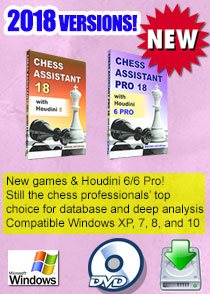

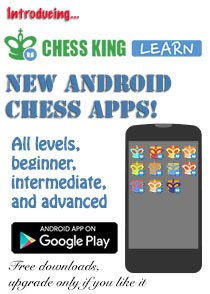



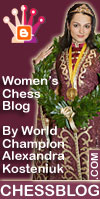





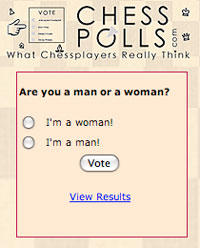
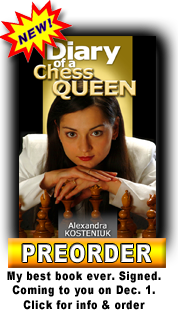










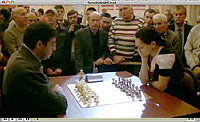
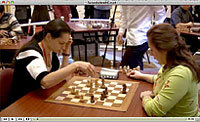
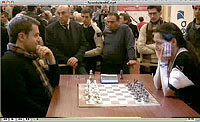
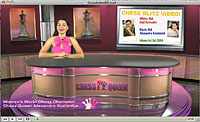
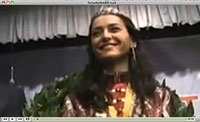

0 Comments:
Post a Comment
Note: Only a member of this blog may post a comment.
Subscribe to Post Comments [Atom]
<< Home